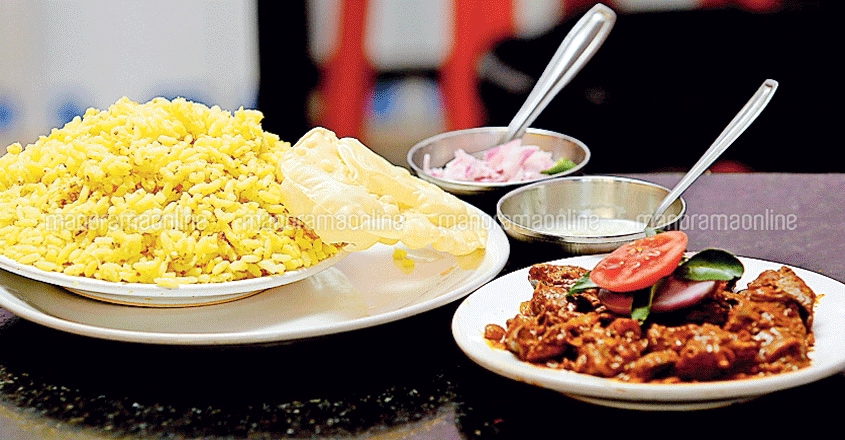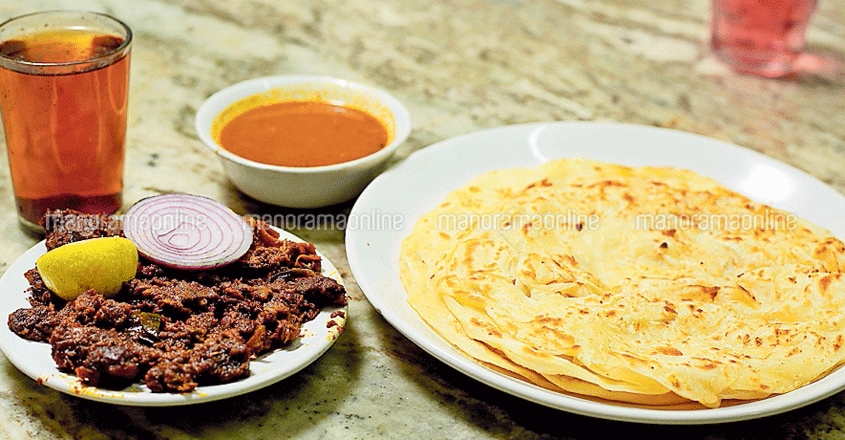Here's a look back at special Malappuram dishes of the past

Mail This Article
Malabar is often hailed as the flavour capital of Kerala and the countless dishes that are rich and flavoursome vouch for it. From the fragrant kuzhimanti and meat kabsa to the delicious biryani varieties and the buhari rice, the unique dishes of Malabar have always charmed foodies. However, have you ever wondered what the hotels in the area used to serve, in the past? Here's a flash back into the flavours of Malappuram which helped in developing a unique culinary culture in the area.
It has only been around ten years since the hotels in Malabar began serving Arabian dishes like the tasty kuzhi manthi. Now, the Arabian flavours and dishes dominate the menu cards in most of the eateries. These dishes have even made its way into the household kitchens as well.
Thenga choru or coconut rice was once a popular dish in Malappuram. It was a unique delicacy specially prepared for the guests and served with so much love. Coconut rice was prepared by reducing the water from boiling matta rice and then flavouring it with grated coconut, shallots and fennel. Spicy beef curry is the perfect combination for soft coconut rice.

In the 1990's, the guests enjoyed delicious ghee rice with fried chicken at the homes in Malabar. Home grown chickens turned into tasty curries and other special dishes when the guests arrived to enjoy the elaborate meals. Before people began buying chicken from the meat stores or cold storages, mutton was the star on the dining tables at many homes. Steaming hot mutton biryani holds a special place in the culinary history of the Malabar region. Mutton chaps was the most prominent dish that were served in the hotels during that time. When the rich folks enjoyed delicious mutton chaps with two pieces, the ordinary people too proclaimed their love for the dish by at least buying a single piece chaps. Steaming puttu or flaky porotta were served along with the mutton chaps in the hotels.
Half way through the decade, chicken dishes began grabbing the limelight in the menus. It played a significant role in pushing the dishes cooked with locally sourced mutton out of many eateries. By the time, many local tea time snacks too had begun to retire. Snacks like paalvazhakka, elanji, vaazhakapathiri, vettala and vaazhakka appam, which were once popular, disappeared from the glass cupboards in the local tea shops.

Earlier, majority of the dishes that were served in the hotels were cooked by the main cook there. However, these days, most of the hotels serve snacks that are bought from outside. None can predict how the culinary scene in the Malabar would change after ten years from now. But, the foodies who love the unique taste of Malabar are certain that it would be full of flavours, with a sprinkle of love.


